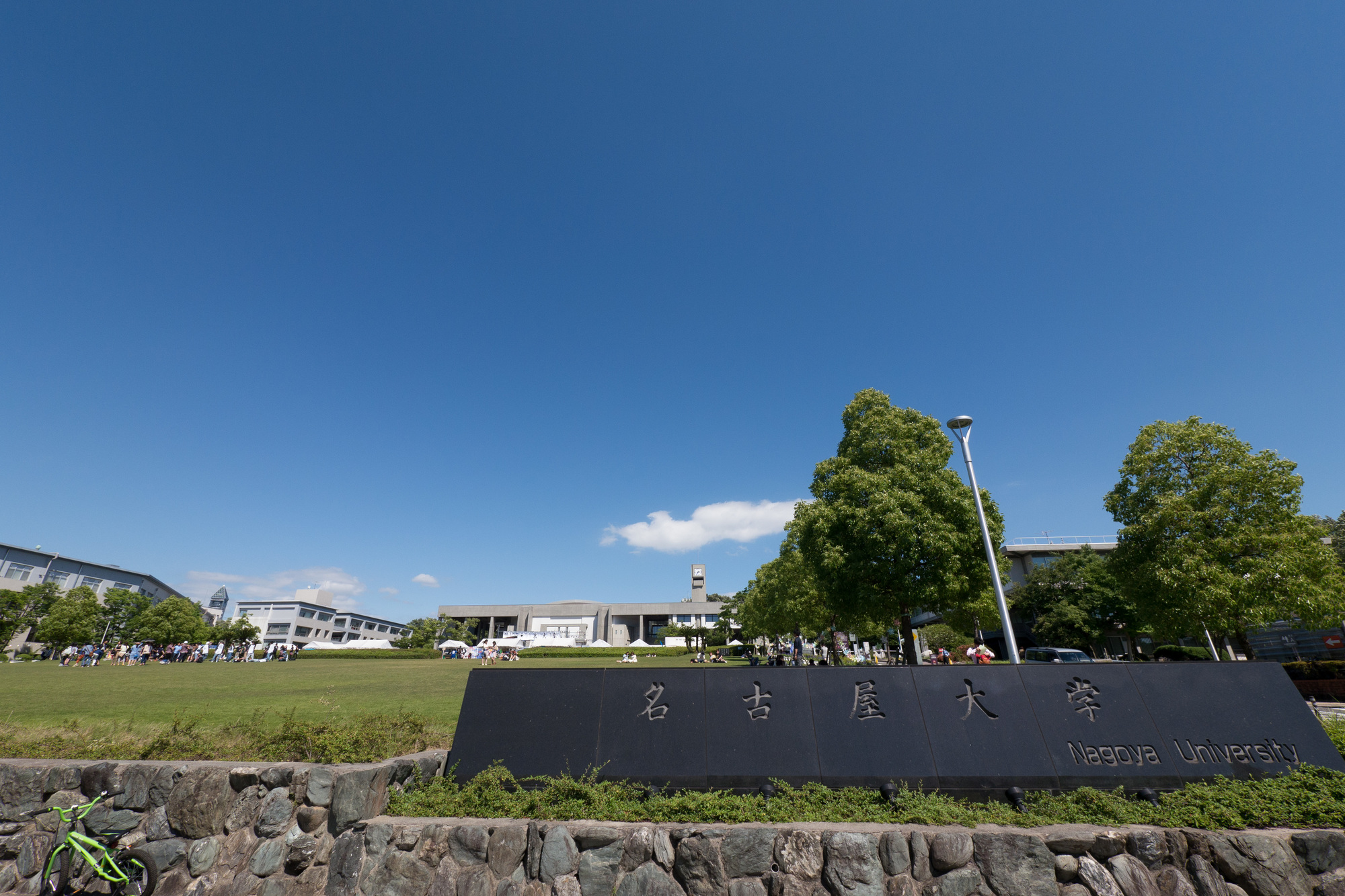A research group led by Professor Kenji Kadomatsu of the Graduate School of Medicine, Nagoya University has clarified for the first time in the world the mechanism that inhibits the regeneration of nerve axons.
The parts of our nerve cells called "axons" act as so-called "power transmission lines" in the body, and various information is transmitted by electrical signals.Just as a power line may be cut due to a typhoon, the nerve axon may be cut due to trauma.Power lines can be reconnected immediately, but nerve axons can never be regenerated.As a result, the neural circuit is permanently disrupted, leaving the patient with sequelae such as paralysis.
The mechanism by which severed nerve axons lose their regenerative function has been unclear, but now the research group has chemically synthesized two sugar chains called chondroitin sulfate (CS) and heparan sulfate (HS). We have succeeded in elucidating the mechanism of action of two sugar chains that control the elongation of nerve axons.In particular, CS induces an abnormal spherical structure called Dystrophic endball at the tip of the injured axon during trauma such as spinal cord injury or ischemia such as cerebral infarction, and inhibits nerve axon regeneration after injury. For the first time, we have clarified the mechanism of ischemia at the molecular and cellular levels.Furthermore, it was clarified that the neuronal receptor PTPRσ dephosphorylates a molecule called Cortactin and stops the flow of autophagy, which is a factor in the formation of Dystrophic endball.
With this result, a new therapeutic target molecule for axon injury such as spinal cord injury has been identified, and it is expected to be applied to spinal cord injury and neurodegenerative diseases in the future.
Paper information:[Nature Chemical Biology] Glycan sulfation patterns define autophagy flux at axon tip via PTPRσcortactin axis

